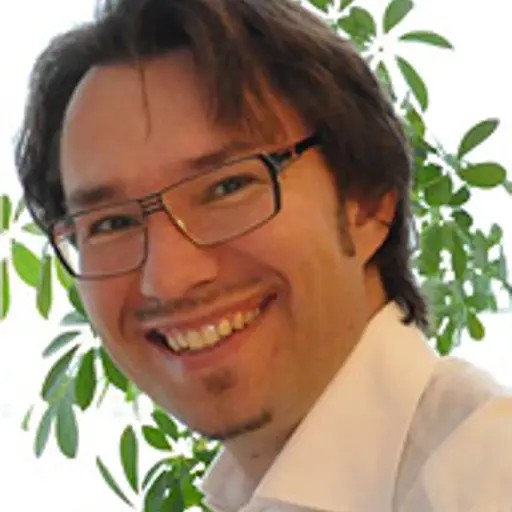









In the master's course Product Development Project, students tackle real-world challenges from industry. The result? Creative solutions, prototypes, and new insights into what engineering work truly involves in practice.
Throughout an entire semester, student teams work on developing solutions to current challenges presented by industry partners or other societal stakeholders. The projects span a wide range of topics – this year, from efficient carbon capture and robust drone launchers for sea rescue to next-generation micromobility for young teenagers. In addition to writing project reports, students also create models and prototypes, which are showcased in an annual exhibition in the study hall of the M-building.
The project course builds on a course in product planning, meaning students work on their projects for nearly eight months. This gives them a deep understanding of the full development process, including iteration and product maturity.
The companies involved contribute projects directly related to their operations, but there is no requirement to deliver finished products. Instead, the focus is on exploring different solutions through an engineering approach and learning how to collaborate. Each project is guided by supervisors from both academia and industry, and students contribute their unique perspectives. Many companies take the ideas and concepts further in their own development work, and several return year after year with new projects.
“This year’s projects showcase an incredible diversity of companies and product types. I believe it has given the students a broader view of what product development can be,” says Lars Almefelt, the course examiner.
All projects 2025
- Volvo Penta – Rangering of E-Trailer
- Volvo Cars – Investigation of Luggage Load Cover
- Korall Carbon Capture – Efficient CO₂ Capture
- Modul-System – Load Platform for Light Commercial Vehicles
- Lamera – Light Weight Multifunctional Shelter
- GKN Aerospace – Support for Actuators on Commercial Jet-engine Firewalls
- GKN Aerpspace – Efficient Anti-icing System for a Jet Engine
- Vässla – Next Generation of Micro Mobility for Young Teenagers
- Everdrone – Skybase for First Responder UAV
- Svenska Sjöräddningssällskapet – Robust Drone Launcher
The Product Development Project course is compulsory for students at the Master’s programme Product development, and is also open to students from Industrial design engineering and Quality and operations management.

Product development, MSc
Master multi-disciplinary product development while taking user needs and the full life cycle of a product into consideration. Product development is a core industrial activity encompassing a great many diverse challenges — a multidisciplinary process of identifying and imagining the wishes of companies, end users, and wider society, and bringing those wishes to reality. Studying this master’s programme, you will acquire the knowledge and practical skills necessary to master multi-disciplinary product development while taking all phases of the product life cycle into consideration. After graduation, you will be well-placed for a variety of career paths, including R&D for large corporations, business development, start-up entrepreneurship, consultancy, or research.
- Senior Lecturer, Product Development, Industrial and Materials Science
